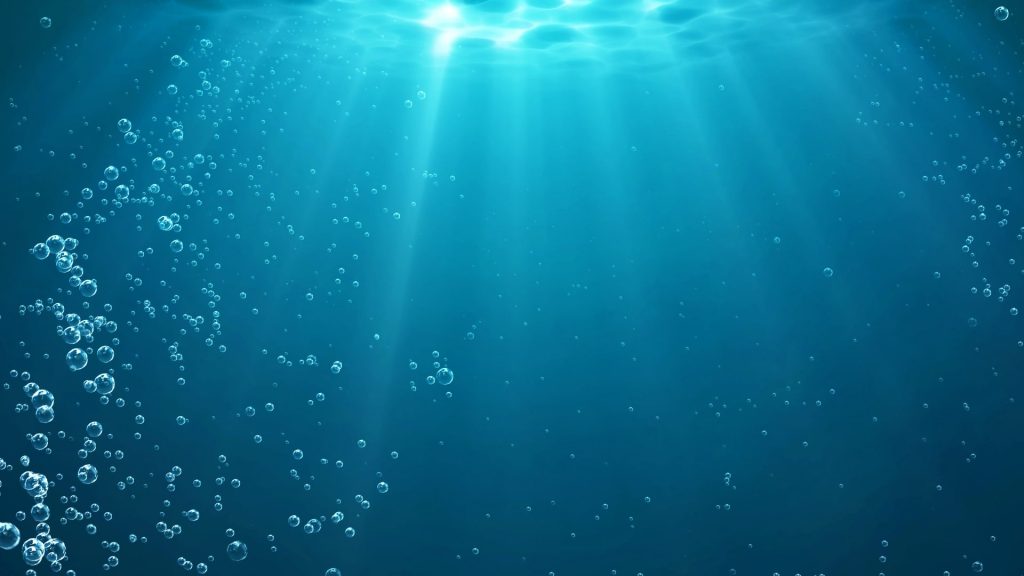An international team of scientists has discovered that oxygen is produced in complete darkness, about 4,000 metres below the ocean’s surface.
Chalk | Istock | Getty Images
An international team of scientists has discovered that oxygen is produced by potato-shaped metallic nodules thousands of feet below the surface of the Pacific Ocean.
The findings, released Monday, Nature Chemistry The paper goes against the scientific consensus on how oxygen is produced and may even force a fundamental rethinking of the origins of complex life on Earth.
The study has implications for marine science, Deep Sea Mining.
A team of scientists led by Professor Andrew Sweetman from the Scottish Institute for Marine Science in the UK discovered that oxygen is produced in complete darkness, about 4,000 metres (13,100 feet) below the ocean’s surface.
Until now, it was thought that only organisms such as plants and algae could harness energy to produce Earth’s oxygen through a process called photosynthesis, which requires sunlight.
“We understand that aerobic life on Earth required oxygen, and Earth’s oxygen supply began with photosynthetic organisms,” Sweetman said. Said.
“But we now know that oxygen is produced even in the lightless depths of the ocean, so I think we need to rethink questions like where aerobic life began.”
Important minerals such as cobalt, nickel, copper and manganese are found in potato-sized nodules on the ocean floor.
Pallava Bagla | CorbisNews | Getty Images
The “dark oxygen” was discovered by researchers during a ship-based field survey in the Pacific Ocean. Clarion Clapperton ZoneAssessing the potential impacts of deep sea mining in the abyssal plain between Hawaii and Mexico.
After analyzing the nodules, the researchers found that many of them carried a “highly charged” electrical charge that could potentially split seawater into hydrogen and oxygen through a process called seawater electrolysis, the researchers said.
“This discovery raises a lot of unanswered questions, and I think there’s a lot to think about in terms of how we mine these nodules, which are essentially batteries in the rock,” Sweetman said.
He added that further research into the production of “dark oxygen” is needed.
Deep Sea Mining
The research was partially funded by a Canadian deep-sea mining company. The Metals Companywhich the purpose Mining will commence in the Clarion-Clapperton Zone area by late 2025.
of Controversial practices Deep sea mining uses heavy machinery to extract valuable minerals and metals such as cobalt, nickel, copper and manganese that are contained in polymetallic nodules on the seafloor. These minerals have a wide range of end uses, including electric vehicle batteries, wind turbines and solar panels.
Scientists warn that the full environmental impact of deep-sea mining is difficult to predict.
In this handout provided by Greenpeace, Greenpeace activists protest outside the Hilton Hotel in Canary Wharf on the morning of the first day of the annual Deep Sea Mining Summit on April 17, 2024 in London, England.
Handouts | Getty Images News | Getty Images
Meanwhile, environmental groups To tell This practice cannot be sustained and will inevitably lead to the destruction of ecosystems and the extinction of species.
“The discovery that oxygen is being produced by processes linked to polymetallic nodules in areas targeted by the deep-sea mining industry further underscores the urgent need for a moratorium,” said Sophia Zenikli, global campaign leader for the non-governmental environmental group Deep Sea Conservation Coalition.
“This study highlights how much there is still to discover and learn about the deep ocean and raises further questions about how deep-sea mining might affect deep-sea organisms and processes,” Tsennikli said on Monday.


